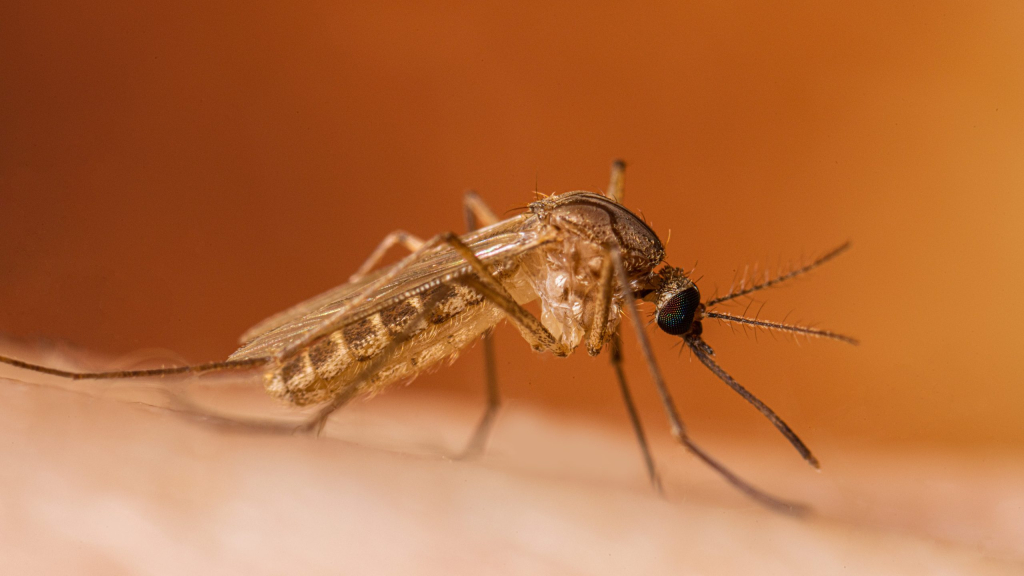The patient is a resident of Central Maryland.

Mosquito Photo from US Centers for Disease Control & Prevention
Baltimore, Md (KM) The Maryland Department of Health says the first human case of West Nile Virus for 2025 has been detected in the state. A person living in Central Maryland has contracted the illness. That individual is recovering.
West Nile Virus is spread to humans by mosquitoes who have become infected by feeding on birds who have the virus. In rare cases, the disease can spread from human to human through organ donations, blood transfusions, breastfeeding, or from a pregnant woman to her fetus.
The Health Department says the disease affects the nervous system, and up to 80 percent of those individuals who contract West Nile Virus show no signs of it. But those with underlying health conditions could become seriously ill.
“We are in the season when the West Nile Virus and other mosquito-borne virus can spread in Maryland,” says Dr. Meg Sullivan, the Deputy Secretary of Public Health Services for the Maryland Health Department, in a statement..
“We urge people to be vigilant and take step to avoid infection, such as eliminating standing pools of water where mosquitoes can breed.”
West Nile Virus was first detected in the US in 1994, and the number of Marylanders infected with the virus fluctuate each season. 18 Maryland residents were confirmed to have contracted West Nile Virus in 2024, according to the Maryland Department of Health.
While most people do not develop symptoms when they’re infected, some people come down with fever, headaches, body aches, and, on occasion, a skin rash; and swollen lymph nodes may be noticed. The Health Department says these symptoms can last a few days or several weeks. Some people 50 and older with immunocompromised conditions can be become seriously ill.
Residents who are concerned about becoming infected with West Nile Virus should cover up their skin and wear insect repellent. They should also monitor their yards and gardens for mosquito activity. Mosquitoes use
standing water as a breeding area. such as water found in discarded cans or containers, or clogged rain gutters or drain pipes.
By Kevin McManus